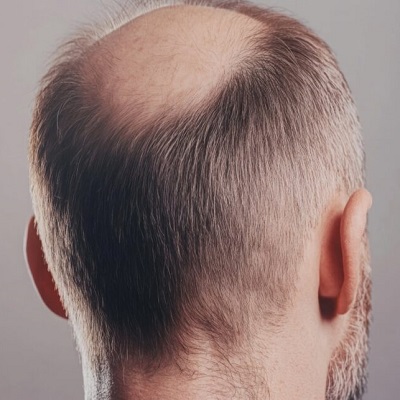Crown hair transplant in Islamabad have become a popular solution for individuals experiencing hair loss in the crown area. However, there are many misconceptions surrounding the procedure that can lead to confusion and hesitation. Understanding the myths and facts about crown hair transplants will help you make an informed decision if you are considering this treatment. In this blog, we debunk common myths and present the facts to give you a clear picture of what to expect.
Myth 1: Crown Hair Transplants Are Only for Men
Fact: While male pattern baldness is more common, women also experience hair thinning or baldness in the crown area. Crown hair transplants can be performed on both men and women, with customized approaches based on individual hair loss patterns and needs.
Myth 2: Hair Transplants Provide Immediate Results
Fact: Hair transplant results take time to fully develop. After the procedure, transplanted hairs often shed within a few weeks, which is a natural part of the growth cycle. New hair starts to grow within 3-4 months, and full results typically appear after 9-12 months.
Myth 3: The Transplanted Hair Will Fall Out Permanently
Fact: Initially, transplanted hairs may shed due to “shock loss,” but this is temporary. The transplanted follicles remain in place and produce new hair over time. Since the donor hair is resistant to balding, the results are usually long-lasting.
Myth 4: Crown Hair Transplants Look Unnatural
Fact: When performed by an experienced surgeon, a crown hair transplant looks completely natural. Advanced techniques such as Follicular Unit Extraction (FUE) and proper graft placement ensure that the transplanted hair blends seamlessly with the existing hair.
Myth 5: Hair Transplants Are Painful
Fact: Modern hair transplant procedures involve minimal discomfort. Local anesthesia is used to numb the scalp, making the procedure virtually painless. Patients may experience mild soreness after the procedure, which can be managed with prescribed pain relievers.
Myth 6: Only Younger Individuals Benefit from Crown Hair Transplants
Fact: Age is not the primary factor in determining candidacy for a hair transplant. The key consideration is the stability of hair loss. Individuals in their 30s, 40s, and even 50s can achieve successful results as long as they have a sufficient donor hair supply.
Myth 7: Hair Transplants Require Frequent Maintenance
Fact: Transplanted hair requires the same care as natural hair. While patients should follow post-operative instructions, once the hair grows in, there is no need for special maintenance beyond regular washing and grooming.
Myth 8: The Procedure Leaves Noticeable Scars
Fact: With techniques like FUE, scarring is minimal and barely noticeable. Unlike the older FUT method, which leaves a linear scar, FUE involves extracting individual follicles, resulting in tiny, virtually invisible scars.
Myth 9: Crown Hair Transplants Work for Everyone
Fact: Not everyone is an ideal candidate for a crown hair transplant. Factors such as the extent of hair loss, donor hair availability, and medical conditions play a role in determining eligibility. A consultation with a hair restoration specialist is necessary to assess suitability.
Myth 10: Non-Surgical Treatments Are Just as Effective
Fact: While treatments like minoxidil, finasteride, and PRP therapy can slow hair loss or promote some regrowth, they do not provide the permanent results that a hair transplant does. A transplant is the only way to restore hair in bald areas permanently.
Conclusion
Understanding the myths and facts about crown hair transplants helps in making an informed decision. If you are experiencing hair loss and considering a transplant, consult with a qualified specialist to determine the best course of action. With the right approach, a crown hair transplant can offer natural, long-lasting results and restore your confidence.





Comments